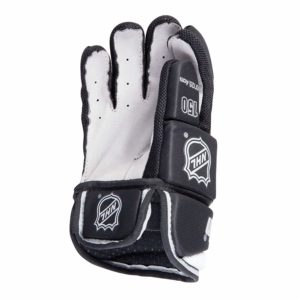
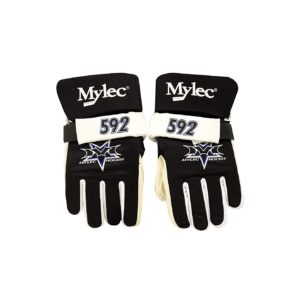
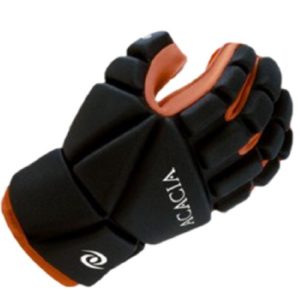

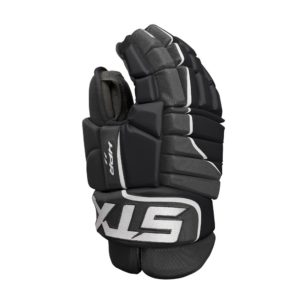
How to Select a Hockey Glove
Now it can be a little daunting if you’re purchasing your very first glove. There are different models, and shapes, and sizes out there. You’ve got your recreational, and then you’ve got your performance and elite.
Now if you’re brand new to the game, getting into a friendly league or you’re a just that casual pond hockey player, outdoor rink type of guy or girl, then you’re want to look at that recreational level. So you’re going to have single density foams throughout the construction, so it’s going to offer great basic protection to any pucks or sticks that come in contact with your hand. The thumb is one-piece molded plastic, so it helps to prevent your thumb from hyperextending in case you take a fall to the ice.
Throughout the exterior, you’re going to see screen-printed graphics for your visuals and then a lightweight nylon construction too. So it will help with breathability and give a good feel right out of the box. Now for the palm, it will be a traditional Nash, so just a single layer of leather is going to give you that traditional feel and good resistance to wear and tear. And then for the liner, you’ve got a brushed microfiber. So it does a good job of wicking sweat and moisture away from your hand.
Now if you’re a little bit more competitive, you know, getting into that physical league, you’re a beer leaguer in a higher division, and you want a good balance between protection, comfort, mobility, but without that steep price tag, that’s when you’re going to look at the performance level glove. So your protection consists of dual-density foams mainly. So it will be two different thicknesses of foam, a thinner, harder, and then a softer, thicker foam. So it helps balance that protection, boost it up. And then you’re going to have plastic insert reinforcement throughout some key impact areas. Areas such as the fingers in the backhand, so better protection to slashes and block shots.
The thumb, you’re just going to start seeing a two-piece thumb, so it helps with a handle for your stick, but it still prevents it from hyperextending in case you take a fall. And then for the exterior, you’re going to get a nice upgrade in your nylon construction. You might have some hits of synthetic leather, so you’ll get better durability to your glove as well as an added visual richness with some embroidery on the logo, on the cuff roll, and stuff like that.
And then for the palm, a higher grade Nash material. You’re also going to have better overlay down through the center and on the thumb, so you have better durability to wear and tear and a really good feel for your stick. And then for your liner, it will be a much softer microfiber, great at managing sweat and moisture. And you might even see some technologies from the manufacturer that help with odor. Maybe even some great technologies from that elite level price point trickle into this performance level hockey glove.
And now, if you’re looking for the best protection on the market, mobility, durability, comfort, obviously you’re going to look at your elite level glove. It will be for that highly competitive player as well. For your protection, you’ll see that your manufacturer’s best quality foam protection. So CCM’s got D30. Bauer’s got Poron XRD. Whatever it may be, it’s going to be an elite level. You’ll have plastic reinforcement throughout the fingers, the backhand, in all those key impact areas. And then you have really rich visual graphics with nice embroidery, synthetic touches. So once again, adding durability to the exterior. And then you have higher grade synthetic or higher grade nylon exterior as well.
And then for your palm, you have a very pro preferred palm. This is what NHL players like to use. So you’re going to have a very high grade pro Clarino or Nash material, solid overlay down through the center and on the thumb. You might even see some grip prints to help with gripping the stick. Stretch finger gussets help with your mobility and dexterity. And that exterior can help with that broken feel right out of the box.
And then for your liner, it needs to be their premium microfiber. So it’s super soft, super comfortable, and do a good job of wicking sweat and moisture away. And it has anti-microbial treatment, so it will help reduce that bacteria that cause unwanted odors. So it’s going to stay a lot fresher for a lot longer.
Now that we’ve narrowed down the three different levels of the glove and you’ve found what’s going to best suit you, now it’s time to decide what kind of fit profile you want. You got three different options as well—the first one needs to be a traditional style fit. So you’ve got a classic four-bar design on the backhand, and then throughout the glove, you want to have volume in the fingers, the backhand, and the wrist. So you feel some space in there. It’s going to be boxy. Your hand can move a little bit. But it offers you some really good wrist mobility.
Your second option is a contoured fit. So when you put your hand in, it needs to be very close to the body. It’s going to be snug throughout the fingers, the backhand, and the cuff. It will give a responsive feel, a really good feel for your stick. And as you move the gloves are going to move with you. And it reduces that negative space. It’s going to be a lot closer to your hand.
And then bridging the gap between the two is your tapered style fit. So when you put your hand in, you want to have the same snug fit as the contoured, snug in the fingers and the backhand, but then the cuff is going to flare out, allowing you for good risk mobility, just like the traditional glove here. So you’ve got the feel and the mobility between the two.

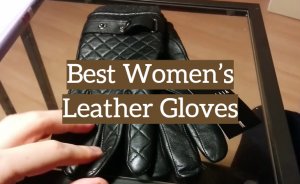
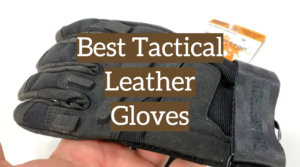
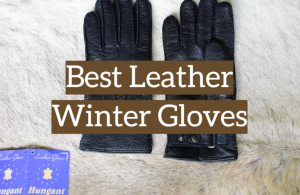
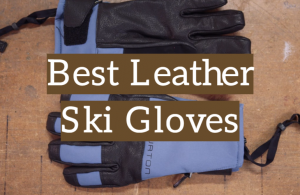
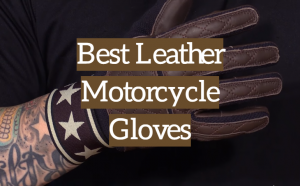
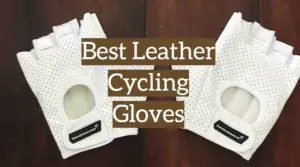
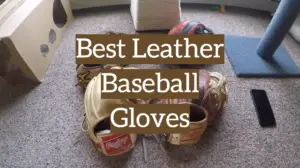
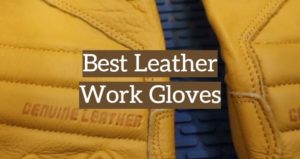
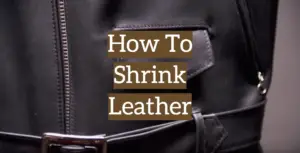
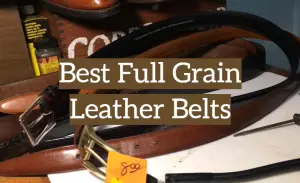

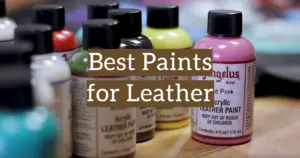

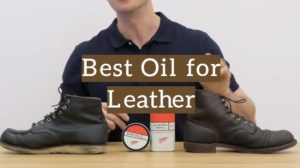


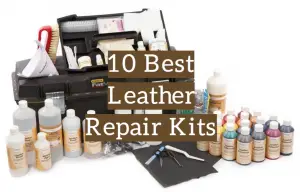
Thanks for these suggestions! My son wanted new leather hockey gloves but I wanted to surprise him and didn’t ask him for suggestions. I was super anxious, I had no idea if he’d like them. Went for the Franklin gloves and he was beyond himself when he got them.